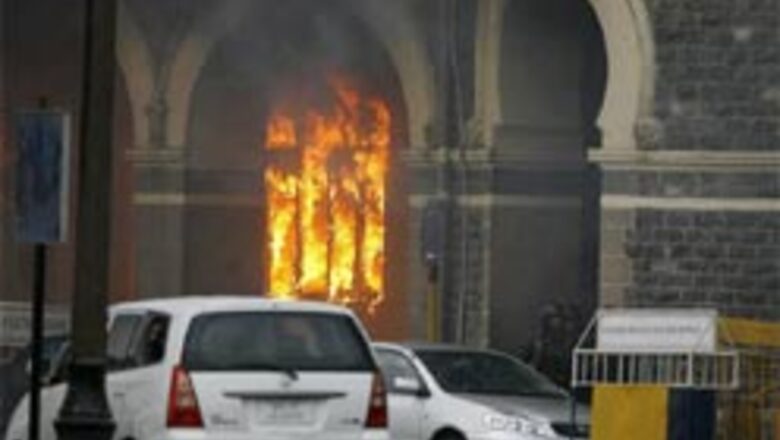
views
Mumbai: The gunmen who attacked Mumbai killing at least 160 people wanted to go down in history for an Indian 9/11, and were also inspired by the bombing of the Marriott Hotel in Islamabad, media reports said.
They had planned every detail, knew the layout of the Taj Mahal and Trident (Oberoi) Hotels they targetted, had commando-style training and even had snacks such as dry fruit stuffed in their backpacks.
The capture of one of the terrorists, a clean-shaven, fluent English-speaking 21-year-old from Pakistan according to reports, has highlighted the ambitious plans of the group.
"The entire idea was to replicate the JW Marriott at the Taj," an English news channel reported, quoting a defence official present at the interrogation of Azam Amir Kasav.
He was referring to one of Pakistan's worst bomb attacks, when a lorry packed with explosives all but destroyed the hotel in Islamabad and killed at least 55 people in September.
"They wanted to reduce the symbols of economic strength to rubble, the Taj and Trident, so they cannot be rebuilt," the channel said.
"They talked of a 9/11 to bring down the buildings."
Their methods were different but the impact was huge. During the first hours of the attacks at landmarks across Mumbai police seemed powerless.
Top officials, including the head of the city's anti-terrorist force, were gunned down.
The use of at least 10 heavily armed and well-trained terrorists bore the hallmarks of Pakistan-based terrorist groups such as Lashkar-e-Toiba.
Kasav, the terrorist reported to have been captured, confessed to being a member of Lashkar-e-Toiba, newspapers said, but the group has denied any role in the Mumbai attacks.
PAGE_BREAK
As well-trained as commandos
The terrorists, all young men, knew exactly their targets, including cafes and hotels frequented by executives and tourists.
It was only when elite "Black Cats" commandos arrived to tackle the remaining terrorist holed up in the Taj, the Trident Oberoi and a Jewish centre that the tide appeared to turn.
At least three gunmen battled India's best-trained commandos for two days in the maze of corridors in the Taj Hotel, setting fire to places as they moved from floor to floor.
"At times we found them matching us in combat and movement," one commando told the Hindustan Times.
"They were either army regular or have done a long stint of commando training. They were behaving the way Indian commandos would have."
Several terrorist checked into the Taj in the weeks before the attack, gathering details of the hotel layout, several newspapers reported.
They filmed some locations on scouting trips.
Their rucksacks were packed to the brim with ammunition, six to seven magazine with 50 bullets each, and grenades.
They had satellite phones, credit cards. They were in for the long haul.
"These people were very, very familiar with the hotel layout and it appeared they had carried out a survey before," the chief of the elite Naval Commando unit, said.
"A very determined lot, remorseless."
In one four-to-five-hour gunbattle, the terrorist retreated through a hidden door in the hotel.
The troops did not know even the door existed, the Hindustan Times reported.
The gunmen also threw grenades to destroy the close circuit television control room early on in the siege.
A picture of the captured militant taken in Mumbai showed him dressed in light grey combat trousers with numerous pockets and sneakers and carrying a rucksack on his back.
One security expert told the Mail Today the way he carried his AK-47 in one hand showed he had months of training.
Prior to mounting the attack the terrorist had taken over an Indian fishing trawler, tying up and blindfolding some fishermen.
One newspaper picture showed one lying on the floor of the small trawler with his hands tied behind his back and his throat cut.
The boat then sailed to Mumbai, where gunmen landed from rubber dinghies.
The bloodbath started with an attack on the main railway station that killed nearly 50 people.
Among the dead in the ensuing violence were a couple at the Trident. They were found by police, in rigor mortis, holding hands.
"In their last seconds together, one must have squeezed the other's hand," a police official told the Indian Express.












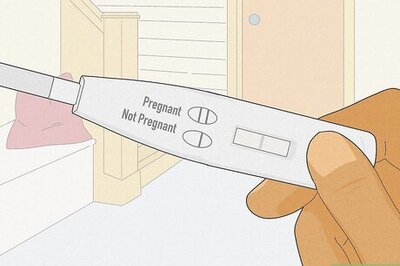


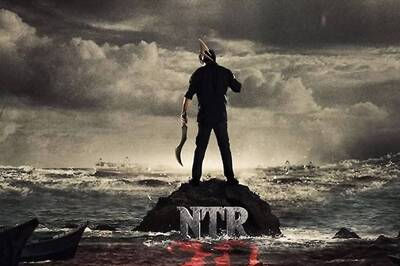
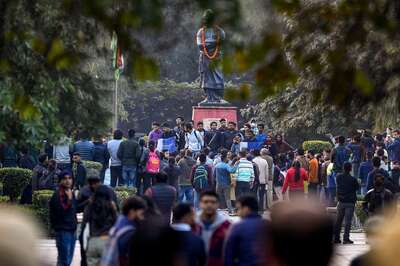


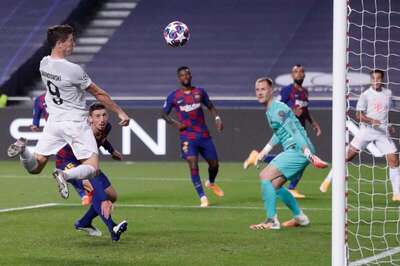
Comments
0 comment